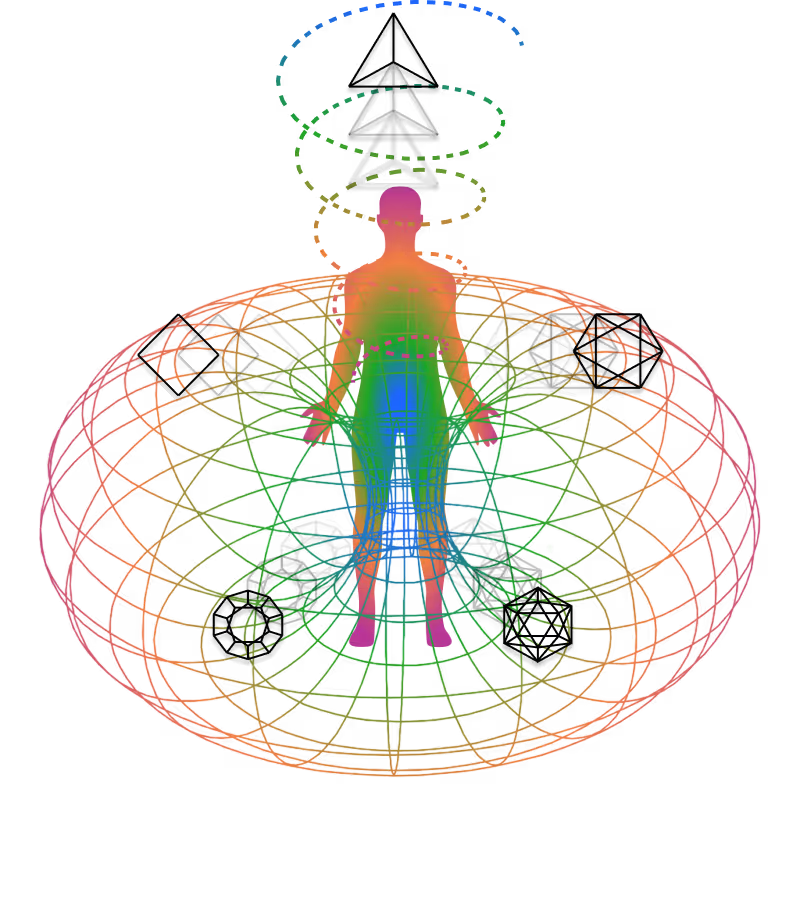The Jyotisha Destiny Computation Engine: Destiny.calculator
Lesson Details
The Jyotisha Destiny Computation Engine (Destiny.calculator) functions as the Prediction and Optimization Application within the Rishi Operating System (Cosmic OS v1.0). Jyotisha translates the principles of cosmic timing and causality (Karma) into a personalized pathfinding map, allowing the Conscious Agent (CA) to understand the structural limitations imposed by past actions and to navigate toward future coherence.

🎙️ Related Podclass
Lesson Content
I. Planetary Influence Mapping System (Cosmic Input Vector)
The Mapping System serves as the primary input layer, utilizing the Yuga Timing System (YTS) and astronomical data to quantify the large-scale forces acting on the individual agent.
A. Cosmic Timing Constraints
The YTS provides the foundational epochal parameters, determining the general operational environment:
- Yuga Dharma Score: The system integrates the current state of the cosmic clock (Yuga) to identify the inherent level of collective mental virtue and spiritual strength. This sets the background "noise floor" for the agent's life experiences.
- Epochal Bias: The YTS identifies the dominant Guna of the era (e.g., high Rajas or Tamas in Kali Yuga), which influences the collective psychological pressures and the ease with which individuals can access the Sattvic processing mode.
B. Individualized Planetary Imposition
Planetary influence (Grahas) is architecturally viewed as the system of forces that impose the navigation boundaries—the Cognitive Light Cones—defining what an individual agent can currently perceive or influence. This imposition is determined by the agent's time and place of instantiation, providing the unique geometric configuration that governs the Karmic repayment schedule.
II. Karmic Pattern Recognition Algorithms
The core of the Destiny.calculator is the algorithm that correlates the cosmic timing input with the persistent history of the individual agent, stored in the Maya Distributed File System (Akashic Records).
A. Pattern Input Data Acquisition
The algorithms pull data from the agent's persistent profile:
- Vasanas (The Pattern): The system recognizes the agent’s karmic debt as Vasanas—subtle tendencies, inclinations, and behavioral urges that arise from past actions (Samskaras). These vasanas represent the "unrealized consequence vector" that drives repetitive cycles in life.
- Runanubandha (The Debt): The calculation of destiny is rooted in identifying Runanubandha (relation based on debt). This debt is the accrued, unrealized consequence—both positive and negative—that must be scheduled for experiential repayment.
B. Debt Prioritization Algorithm (Karmic Scheduling)
The Destiny.calculator runs the Karma Audit System (KAS) to prioritize which patterns will manifest in the current life cycle:
- Sancita Karma (Backlog): The total accrued debt that remains latent.
- Prarabdha Karma (Active Debt): The algorithm identifies the segment of debt that is active and non-preemptable for the current life. This active debt structurally limits the agent’s decision-space and determines major life events (e.g., family, health, profession).
- Agami Karma (Future Debt): The constantly changing debt generated by the agent’s current actions, which influences the next cycle.
The engine forecasts life events by determining the specific planetary transits and timing windows during which the high-priority Prarabdha debt is scheduled for resolution.
III. Interface: Cosmic Timing and Personal Decision-Making
The crucial interface provided by the Destiny.calculator is the ability to project the consequences of potential actions, linking the vast cosmic timeline to the agent’s moment-to-moment choices.
A. Decision Filter (Dharma Routing Protocol)
The Destiny.calculator presents the agent's path options as generated by the Dharma Routing Protocol (DRP). The DRP seeks the most geometrically coherent path—one that moves the agent toward maximal Sattva and minimal systemic noise.
B. Real-Time Risk Assessment API
The Destiny.calculator utilizes the Karma Security Framework (KSF) API endpoint, Karma_Check, to provide a real-time risk assessment for any proposed action:
$$\text{Karma\_Check}(\text{Action\_Vector}, \text{Agent\_Profile}) \rightarrow \text{Probabilistic\_Debt\_Vector}$$
This calculation provides the anticipated consequence profile—the cost in future scheduled events—of a proposed action, enabling the agent to adjust decisions to avoid introducing future Agami debt. The KSF is designed to flag actions that violate coherence, such as causing dissension or engaging in criticism.
IV. Remedial Measure Generator
When the Destiny.calculator identifies a high-friction or debt-laden path in the forecast, it generates specific course correction procedures aimed at altering the underlying geometric patterns.
A. Cognitive Reprogramming (Sanskara Generation)
The primary remedial measure involves targeted consciousness code application:
- Sanskrit UI Integration: The engine integrates with the Sanskrit Natural Language Processing system (Cosmic UI).
- Mantra Prescription: It prescribes specific Mantras, which the Sanskrit Consciousness Compiler translates into Sanskaras—intentional, ritualized procedures that function as cognitive reprogramming tools. These executable consciousness code sequences are designed to modify the limiting vasanas (subtle tendencies) that perpetuate the negative karmic pattern.
B. Geometric Environmental Correction
The system also generates environmental and lifestyle modifications to support the internal shift:
- Vastu Integration: It interfaces with the Vastu Architecture Compiler to recommend the application of Yantras (mystical geometric diagrams).
Yantra as Geometric Patch: Yantras function as Geometric Patches, energy matrices designed to attract, channel, and balance cosmic energy, thereby neutralizing the negative vibrations or specific imbalances detected in the agent's physical environment. This external correction supports the internal Sattvic shift achieved through Mantra application.
🤌 Key Terms
🤌 Reflection Questions
Reflect on key questions from this lesson in our Exploration Journal.

Lesson Materials





